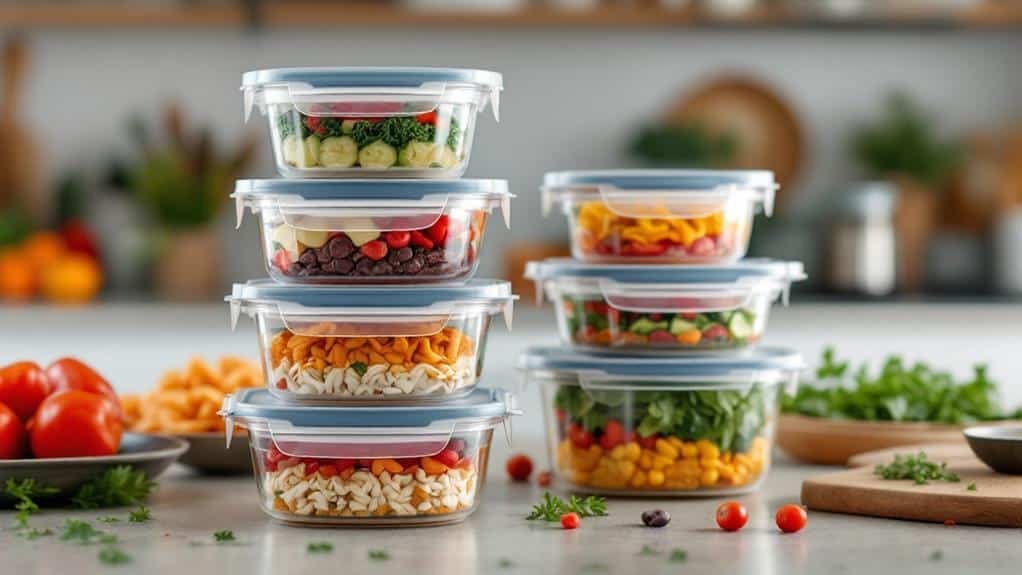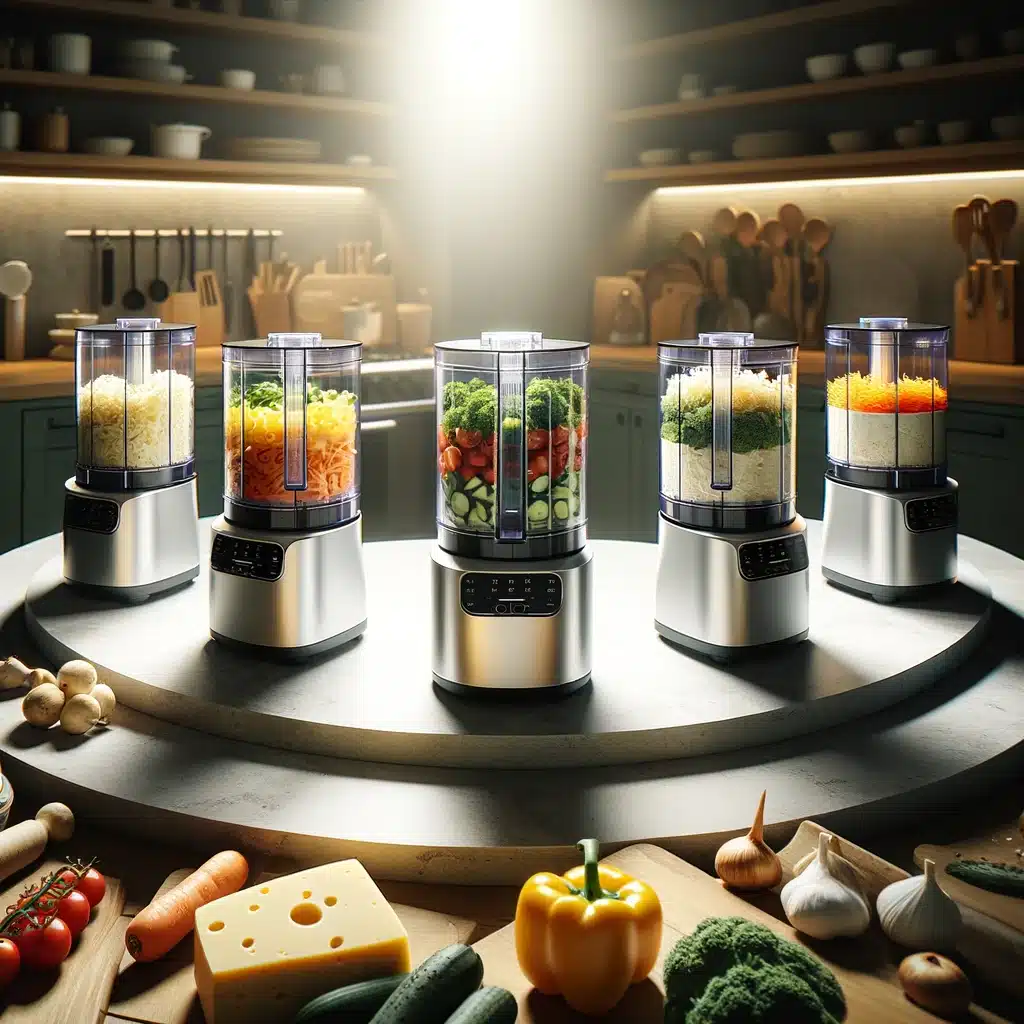Feeling stressed or down during lunchtime? You’re not alone. Dive into the world of emotional comfort food lunches and discover the powerful connection between your mood and what you eat. Explore the psychology, nostalgia, and science behind your lunchtime cravings, and learn how to create emotional balance through comforting lunch choices. Let’s uncover the hidden emotional depths of your lunchtime favourites.
In this Article
Emotional Comfort Food Lunches Key Takeaways
- Comforting rituals provide security and familiarity during uncertain times.
- Childhood nostalgia and emotional comfort are intertwined, leading to cravings for familiar tastes.
- Social and cultural influences shape our emotional connection to comfort foods.
- The science behind emotional eating involves brain chemistry and the temporary relief of negative emotions.
The Psychology of Comfort Foods
As you sit down for lunch and reach for a familiar comfort food, it’s important to understand the psychology behind this choice. Comforting rituals are significant, providing security and familiarity in uncertain times. When you feel stressed or anxious, these emotional triggers can lead you to seek foods that bring comfort and ease. It’s essential to recognize that this is a natural response to emotional distress.
Understanding the psychology behind comfort foods allows you to approach your lunch choices with insight and empathy. By acknowledging your emotional connection with these foods, you can make practical decisions about when and how often to indulge in them. Finding alternative ways to address your emotional needs, such as engaging in soothing activities or seeking support from loved ones, can help you navigate the complex relationship between food and emotions.

Childhood Nostalgia and Emotional Comfort Food Lunches
Do you ever find yourself craving the familiar tastes of your childhood during lunch, seeking emotional comfort through nostalgic flavours and memories? It’s normal to long for those sentimental foods that bring back warm and comforting memories of your early years. Nostalgic memories have a powerful way of evoking emotions, and it’s no wonder that you may find yourself drawn to the meals that remind you of simpler, more carefree times. Whether it’s the gooey grilled cheese sandwiches your mom used to make or the hearty chicken noodle soup that always made you feel better when you were sick, these foods are intertwined with security and happiness.
Understanding the emotional connection between nostalgic flavours and your childhood experiences can bring insight into why these foods hold such significance. Acknowledging this connection can be a practical way to address emotional needs and provide comfort during stressful or challenging times. By embracing the meals that hold a special place in your heart, you can bring a sense of familiarity and emotional well-being to your lunchtime routine.
Social and Cultural Influences on Lunchtime Comfort Foods
You may notice that the cultural and social influences on your lunchtime comfort foods significantly shape your emotional connection to these meals. Cultural traditions profoundly impact the comfort foods we gravitate towards during lunch. Whether it’s the hearty stews and bread of Eastern European cuisines or the aromatic spices and rice dishes of Asian cultures, your cultural background can deeply influence the types of foods that bring you comfort. Moreover, social gatherings also play a crucial role in shaping your lunchtime comfort foods. The dishes served at family gatherings, celebrations, and community events often become associated with feelings of warmth and belonging, making them natural choices for a comforting meal.
Understanding these cultural and social influences can provide valuable insights into your emotional connection with comfort foods. Embracing this understanding can be practical in helping you curate a lunchtime menu that not only satisfies your hunger but also nourishes your emotional well-being. By acknowledging and honouring the cultural and social influences on your lunchtime comfort foods, you can create a more intentional and meaningful dining experience for yourself and those you share meals with.
The Science Behind Emotional Eating
The brain chemistry in emotional eating influences our food choices and eating behaviours during lunch. When you experience stress or emotional turmoil, your brain releases chemicals like cortisol and serotonin, which can drive you toward comfort foods. These foods often contain high levels of fat, sugar, or salt, triggering the release of dopamine, a neurotransmitter associated with pleasure and reward. This creates a temporary sense of relief and comfort, helping to alleviate negative emotions. Understanding this science behind emotional eating can provide valuable insights into your lunchtime habits. It’s essential to recognize that emotional eating is a natural response, but finding healthier coping methods is also important.
Awareness of triggers and emotions can help you make more conscious food choices during lunch. Instead of reaching for traditional comfort foods, consider incorporating healthier alternatives that provide comfort and satisfaction. Stress-reducing activities like exercise or mindfulness can also help regulate the brain chemicals in emotional eating, leading to more balanced and mindful lunchtime eating habits. By acknowledging the science behind emotional eating and implementing practical strategies, you can cultivate a healthier relationship with food during lunch.
Creating Emotional Balance Through Comforting Lunch Choices
Cultivating emotional balance through comforting lunch choices is essential for managing stress and promoting overall well-being. It’s important to recognize food’s impact on your emotions and mood. Mindful eating is key to creating emotional balance through comforting lunch choices. Being mindful of what you eat for lunch can help you connect with your body’s needs and make more conscious choices about the foods nourishing your body and soul.
Emotional wellness is closely linked to the foods we consume. Opting for comforting lunch options that are both nutritious and satisfying can help stabilize your emotions and bring a sense of balance to your day. Consider incorporating foods known to have mood-boosting properties, such as omega-3-rich salmon or mood-regulating dark chocolate. Additionally, embracing balanced meals that include a variety of nutrients, like colourful vegetables and lean proteins, can contribute to a more stable emotional state.
Practicing mindful eating and choosing comforting lunch options that promote emotional wellness can be transformative. By making intentional choices about what you eat, you can nourish your body and mind and cultivate emotional balance through your lunchtime choices.
Emotional Comfort Food Lunches Conclusion
So next time you reach for that comforting lunch, ask yourself: what am I craving? Understanding the emotional connection to comfort foods can help you make mindful choices that bring balance and comfort to your day. Take a moment to reflect on the psychological, social, and cultural influences that shape your lunchtime habits. By being aware of these factors, you can create a lunch that satisfies your hunger and nourishes your emotional well-being.
References Used in Emotional Comfort Food Lunches
Nostalgia boosts positive affect, increases positive self-regard, and fosters feelings of social connectedness, as detailed in the research by Rogers et al. (2020) in Frontiers in Psychology source.
Understanding the role of emotional associations in nostalgic food memories can provide insights into our eating habits, according to Moments Log source.
Sensory triggers like taste and smell can induce nostalgia, linking to the limbic system which processes emotions and memories, as explained by HowStuffWorks source.
Exploring the power of nostalgia, Heirloom discusses how family traditions and shared experiences can create a sense of continuity and happiness source.











